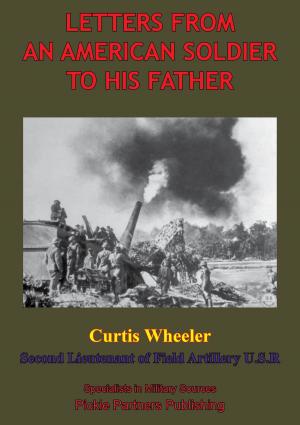The Falaise Pocket. World War II Allied Encirclement Of The German Armies.
Failure Or Success Of The Allied Leadership And Planning?
Nonfiction, History, Germany, European General, Military, United States| Author: | Major Braden DeLauder | ISBN: | 9781782897927 |
| Publisher: | Lucknow Books | Publication: | August 15, 2014 |
| Imprint: | Lucknow Books | Language: | English |
| Author: | Major Braden DeLauder |
| ISBN: | 9781782897927 |
| Publisher: | Lucknow Books |
| Publication: | August 15, 2014 |
| Imprint: | Lucknow Books |
| Language: | English |
By Aug. 1944, the Allies had broken out of the Normandy beachhead and were rapidly exploiting a breakthrough in the German lines. In early Aug., Hitler ordered a heavy single pronged attack to the west toward Avranches to cut off the US forces to the south. With the ‘Ultra’ intelligence, Bradley recognized this as an opportunity to encircle the German Army in France. By turning Patton’s Third Army, in the south, north towards Argentan, Bradley formed the lower jaw of a pincer movement while Montgomery ordered Crerar’s First Canadian Army south to push towards Falaise to form the upper jaw. Connecting the Allied armies between Falaise and Argentan would completely surround the German army. The encirclement of the German forces would be known as the Falaise pocket.
To the north, Montgomery’s forces struggled to push south against the German defensive line. Patton’s Third Army, in concert with the XIX Tactical Air Command, was making extremely rapid progress. Late on the 12th of Aug., Bradley stopped Patton’s forces from moving north of Argentan. The decision to stop Third Army’s movement north allowed many German personnel to escape from the Falaise pocket.
I will analyze the leadership decisions, command relationships, and what I think to be a lack of communication between the Allied leaders. Why did Montgomery, who was commander of the Allied ground forces in France, not close the pincer from the south? Why did Bradley stop forces at Argentan? Why didn’t Eisenhower get involved?
The Allied leadership failed to capitalize or exploit the mistake made by Hitler driving the German Army westward. By not closing the pocket’s gap at Falaise, the Allied forces lost an opportunity to destroy a large percentage of the enemy in France. The major factor for this failure was conflicting commander personalities.
By Aug. 1944, the Allies had broken out of the Normandy beachhead and were rapidly exploiting a breakthrough in the German lines. In early Aug., Hitler ordered a heavy single pronged attack to the west toward Avranches to cut off the US forces to the south. With the ‘Ultra’ intelligence, Bradley recognized this as an opportunity to encircle the German Army in France. By turning Patton’s Third Army, in the south, north towards Argentan, Bradley formed the lower jaw of a pincer movement while Montgomery ordered Crerar’s First Canadian Army south to push towards Falaise to form the upper jaw. Connecting the Allied armies between Falaise and Argentan would completely surround the German army. The encirclement of the German forces would be known as the Falaise pocket.
To the north, Montgomery’s forces struggled to push south against the German defensive line. Patton’s Third Army, in concert with the XIX Tactical Air Command, was making extremely rapid progress. Late on the 12th of Aug., Bradley stopped Patton’s forces from moving north of Argentan. The decision to stop Third Army’s movement north allowed many German personnel to escape from the Falaise pocket.
I will analyze the leadership decisions, command relationships, and what I think to be a lack of communication between the Allied leaders. Why did Montgomery, who was commander of the Allied ground forces in France, not close the pincer from the south? Why did Bradley stop forces at Argentan? Why didn’t Eisenhower get involved?
The Allied leadership failed to capitalize or exploit the mistake made by Hitler driving the German Army westward. By not closing the pocket’s gap at Falaise, the Allied forces lost an opportunity to destroy a large percentage of the enemy in France. The major factor for this failure was conflicting commander personalities.
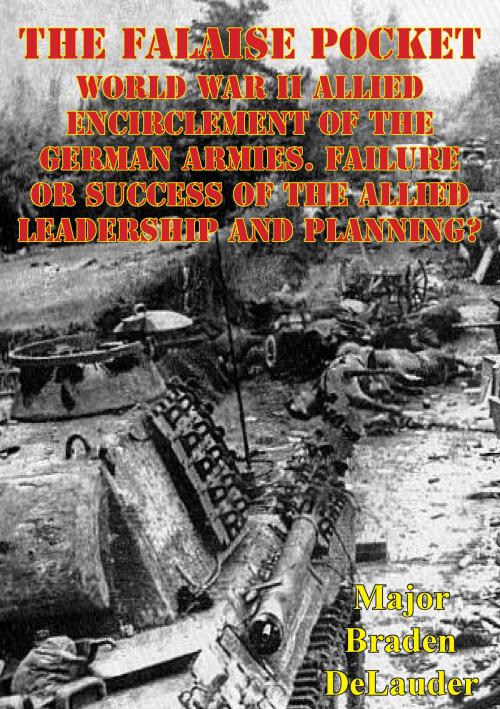

![Cover of the book The First World War, 1914-1918; Personal Experiences Of Lieut.-Col. C. À Court Repington Vol. II [Illustrated Edition] by Major Braden DeLauder](https://www.kuoky.com/images/2015/november/300x300/9781786250940-ceH8_300x.jpg)


![Cover of the book 4th Armored Division In The Encirclement Of Nancy [Illustrated Edition] by Major Braden DeLauder](https://www.kuoky.com/images/2014/august/300x300/9781782893868-4xCN_300x.jpg)
![Cover of the book With The Battle Cruisers [Illustrated Edition] by Major Braden DeLauder](https://www.kuoky.com/images/2015/november/300x300/9781786255648-yDEP_300x.jpg)
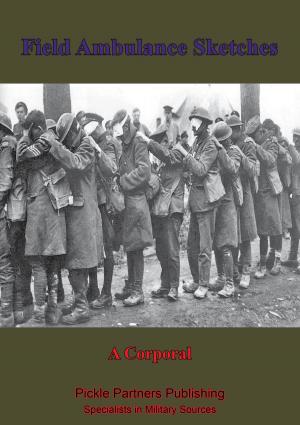
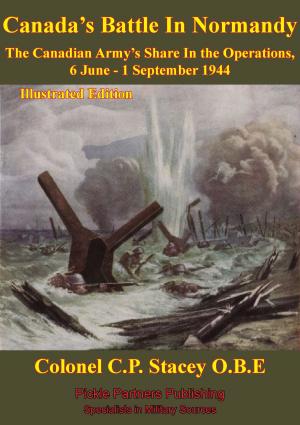
![Cover of the book The Martial Adventures Of Henry And Me [Illustrated Edition] by Major Braden DeLauder](https://www.kuoky.com/images/2014/august/300x300/9781782893547-oYLm_300x.jpg)
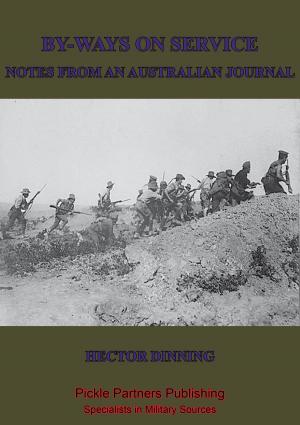
![Cover of the book Experiences of a Dug-Out, 1914-1918 [Illustrated Edition] by Major Braden DeLauder](https://www.kuoky.com/images/2015/november/300x300/9781786255259-dq0Y_300x.jpg)
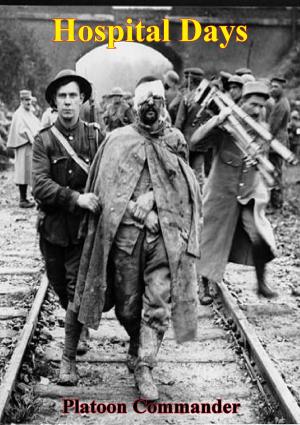
![Cover of the book My Experiences In The World War – Vol. II [Illustrated Edition] by Major Braden DeLauder](https://www.kuoky.com/images/2014/june/300x300/9781782891284-xHoK_300x.jpg)

